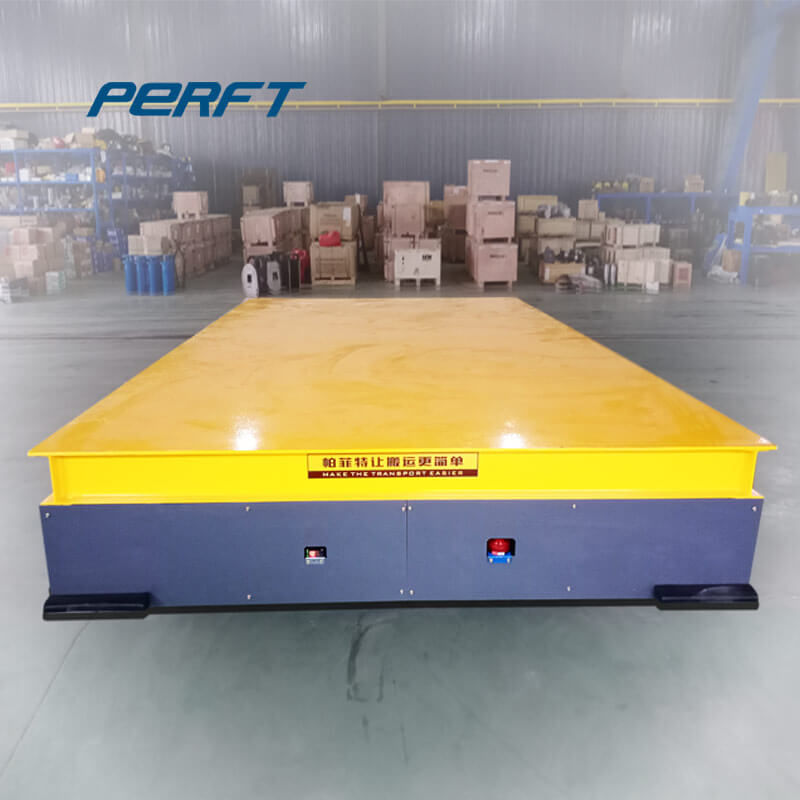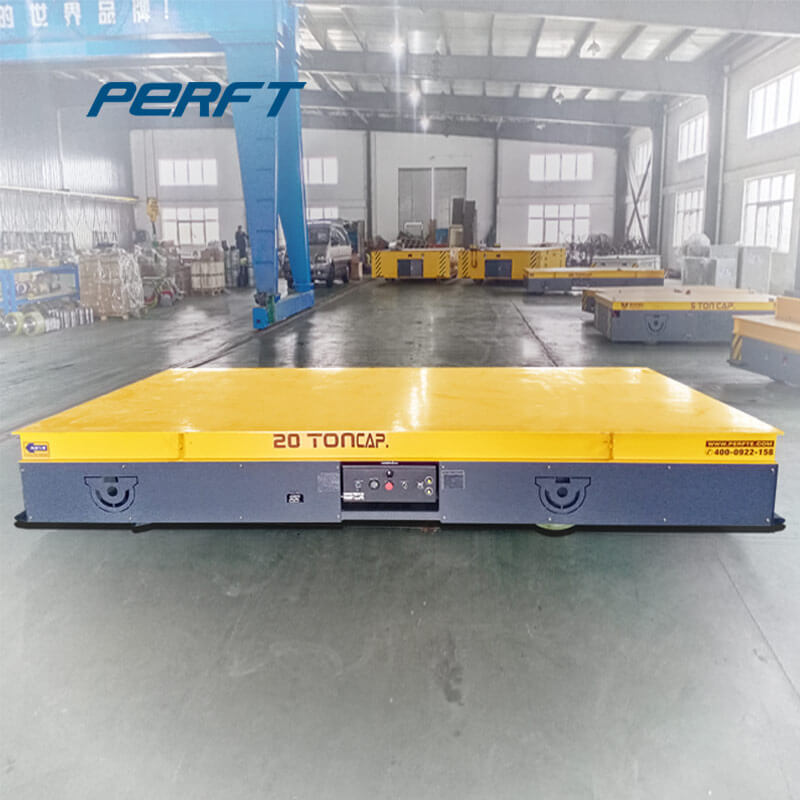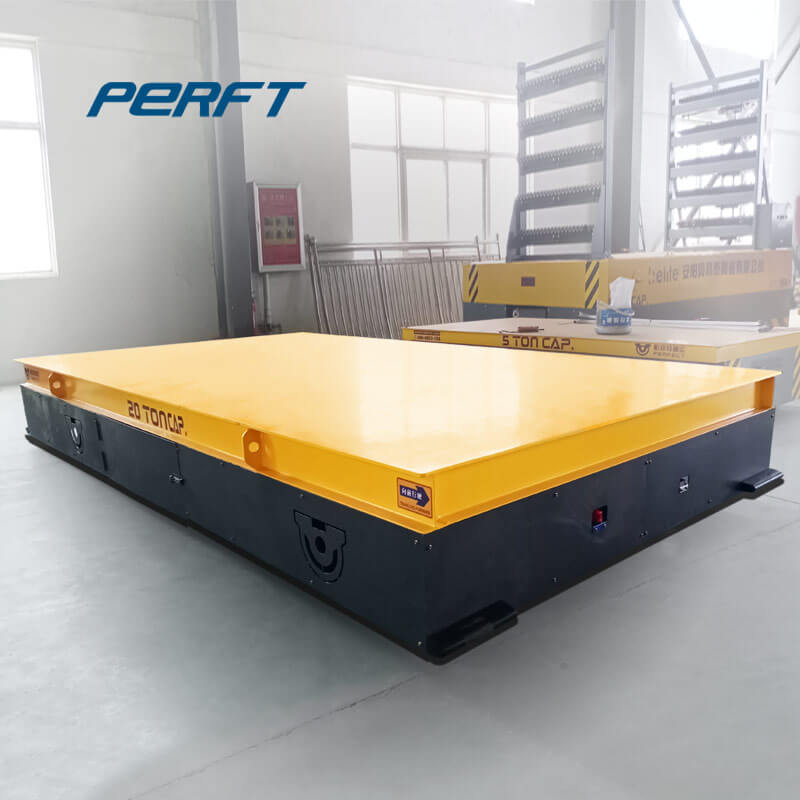





Single station die carts and mold carts enable safe die transport and changing to and from the side of your stamping press. Die and Mold Change Carts are often paired with our Die and Mold Storage Racks for a complete Die and Mold Storage and Retrieval System. Each cart we make is a little different and we want to make sure that the cart we
Commodity Code Search Find the NIGP code you need NIGP Code Listing This look-up uses the National Institute of Government Purchasing Codes (NIGP). For a detailed explanation of the NIGP Code used, please visit our NIGP Code Explained webpage.
Dec 08, 2021 · The Environmental Protection Agency has listed ‘‘Paint Stripping,’’ ‘‘Plastic Parts and Products (Surface Coating),’’ and ‘‘Autobody Refinishing Paint Shops’’ as area sources of hazardous air pollutants (HAP) that contribute to the risk to public health in urban areas under the Integrated Urban Air Toxics Strategy.
This is often the case when casting thin cross-sections in short times using metal molds. Mold thickness is usuallyPerfect compared to the cross-section of cast metal. This situation is shown in Fig. 1.11. In this case heat transfer in the ingot and mold are so fast that it is the interfacial heat transfer that controls how fast heat is transported.
S012606, Permit S012788 Spray booth, B012789 Electric paint curing oven, B012790 4.5 mmbtu boiler system, B012795, B012796, B012835 and B012836 each 4.32 mmbtu heaters, B012797, B012798, B012837 and B012838 each 5.4 mmbtu heaters, E012785 Emergency ICE and removed
• Total weight of material processed through the booth in a year: 1000 tons/yr • If 1/3 of the abrasive coming out of the nozzle inside the booth is exhausted to the dust collector: • 1000 tons x 0.3 x (1 – 0.99) = 3 tons/yr actual PM emissions Abrasive Blast Booth Emission Calculation Example
A major source of HAP emissions is any stationary source or group of stationary sources located within a contiguous area and under common control that emits or has the potential to emit any single HAP at a rate of 9.07 megagrams (Mg) (10 tons) or more per year, or emit any combination of HAP at a rate of 22.68 Mg (25 tons) or more per year.
The carts are 47" wide by 60" long and have an optional tongue and rear hitch for pulling multiple carts at a time. The carts have a 2,000 lb. capacity rating with premium poly casters and precision bearings for easy rolling when fully loaded. A heavy duty floor lock is provided.
Lifting Transfer Cart Technical Parameter Of Lifting Transfer Cart: Model: KPJ: Remark: QTY: 1 SET Solution Profile: Workshop Transport mold Load Capacity (T) 10: Custom Capacity over 1,000T: Table Size (mm) 3600(L)*7000(W)*800(H) Box Girder Structure: Lifting Height(mm) 12000 Rail Inner Gauge (mm) 5949 Power Supply: Cable drum Power Motor Power(KW) 2*1KW Motor: AC Motor Scissor lift actuator
OSHA Instruction TED 01-00-015. The OSHA Technical Manual (OTM) provides technical information about workplace hazards and controls to OSHA’s Compliance Safety and Health Officers (CSHOs). This information supports OSHA’s enforcement and outreach activities to assure safe and healthful working conditions for working men and women.
Different Types of Die Transfer Carts for Your Reference. Rail powered transfer cart; Low-voltage rail powered transfer cart is a popular choice to handle dies and other materials and products. It is designed to transport loads weighing up to 150 tons and more. The rails are required to be insulated if you use this type of transfer car.
Injection Molding SIZING AN INJECTION MOLDING MACHINE Packing pressure ∼= 108Pa Clamping force F = P∗A Figure 7: Clamping force as a function of surface area. Note: logarithmic scales. Mold a single tensile bar - 50 ton machine Mold a front end of a car - 5000 ton machine “Typical” sizes are 100-1000 tons For complicated parts A
2 days ago · Ball Transfer Conveyor. Ball Transfer tables or conveyors use a series of mounted ball casters to allow for unpowered, multi-directional conveyance of the product. Key specifications include the ball material and size. Ball transfer conveyors are used in material handling applications such as assembly lines and packaging lines, among others.
Type of material the part is made of (metal, plastic, wood, etc.) Physical space available to install the conveyor in and around other equipment; Can the item be attached to an overhead conveyor or does it need to be moved on a cart at floor level; Type of paint or finishing process (wet spray, powder coating, plating, chemical wash)
Battery operated rail transfer cart [112] Automobile assembly line handling solution [1] Foundry plant mold transfer trolley [4] Painting booth metal part transport proposal [5] Cable drum power electric transfer bogie [93]